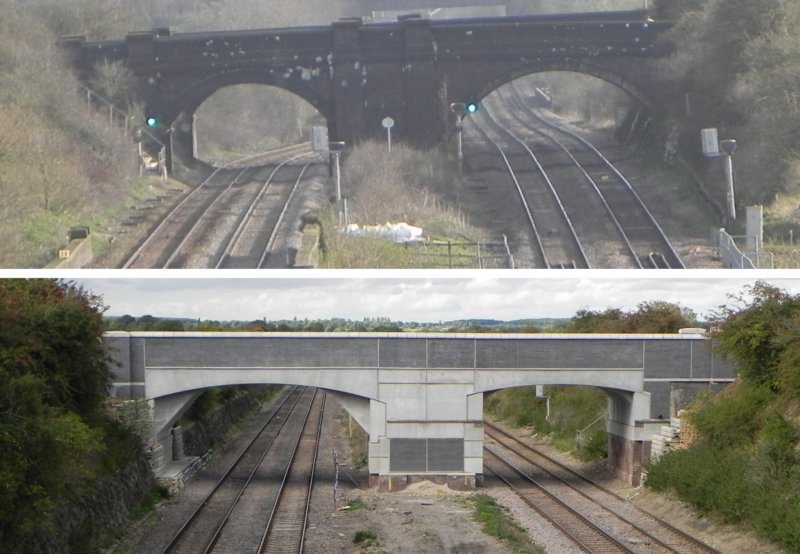I know a few years ago PDF gave some sneak peaks about the UK railway system, I'm wondering how other railway systems are right now compared to OTL. Here are my best guesses for the west-european nations that I feel like I know enough about to have an opinion:
France: Was not occupied for multiple years while being stripped of stuff to send it into the Eastern Front, which I'm guessing helps a lot. The area near the border that has been a frontline for longer time periods may have had quite some damage, but I think overall the damage will be way less than years of occupation and then as much destruction as possible as the Allies were breaking out from Normandy.
Germany: A shorter war, less strategic bombing AND the German army practically collapsed before most of the network was in range of enemy guns? The German network is going to be in way better shape in my eyes.
Belgium: Compared to OTL, I think Belgium is the worst off. It was the frontline for most of the war, instead of the main rail lines being bypassed in 1940, and the Allies jumping from a frontline near the landing areas in France all the way to the Dutch border and to near the German border with little time inbetween. Since it was the front line so much, I expect there to have been a lot more destruction and disruption.
Netherlands: This was the hardest to categorize for me. Like Belgium, it was on the front line a lot. But on the other hand, that line was a sideshow to both sides for quite a while and the fighting was much less active due to the Water Line. In OTL, the Germans removed a bunch of rail, closing some lines and single tracking others, to provide more rail for their war industry, and I imagine that would also not have happened in TTL.
One of the reasons that I started thinking about this, is that I was wondering if the conditions would have changed enough that it could cause more countries to adopt the same electrification standards as PDF implied both France and the UK have TTL, so that hopefully the patchwork of electrification standards would be a bit cleaner TTL. And then maybe the international trains near me won't require special locomotives able to handle 3 different types of electrification.

